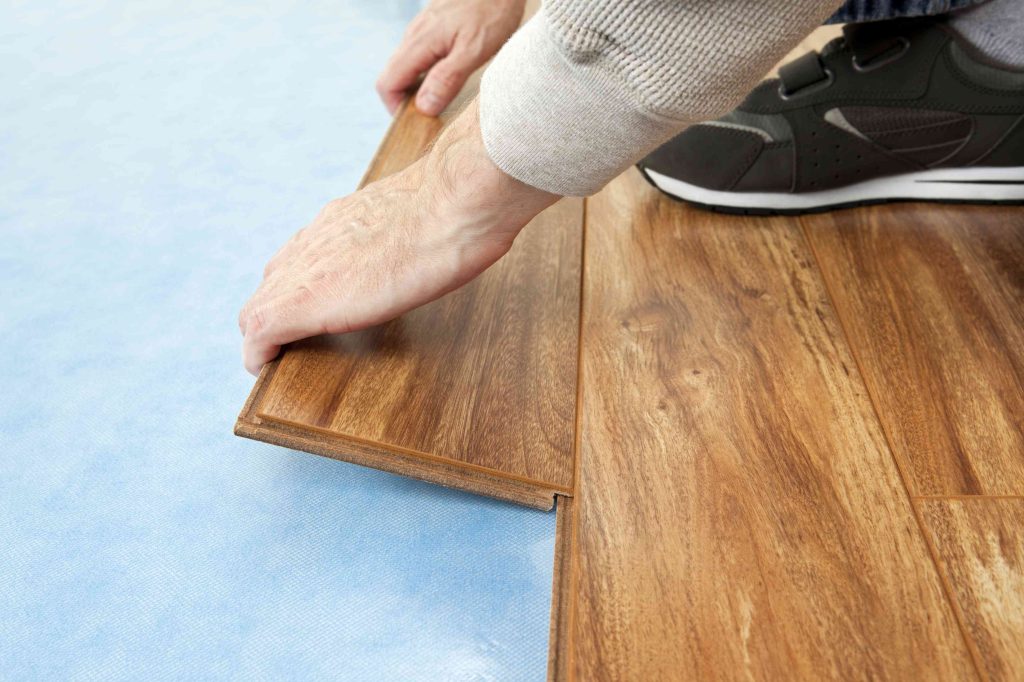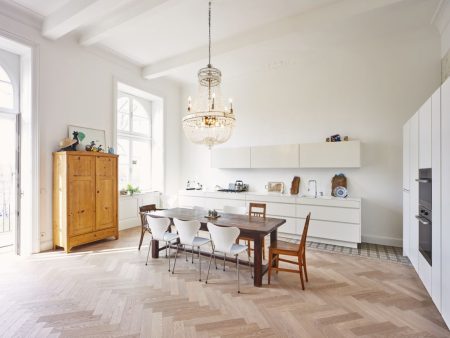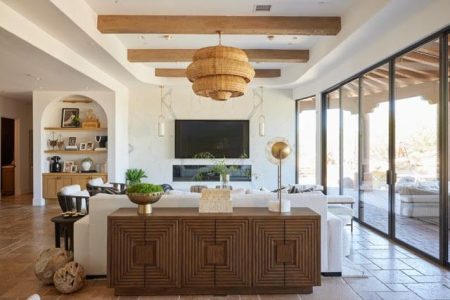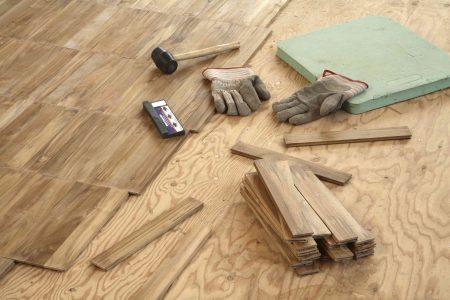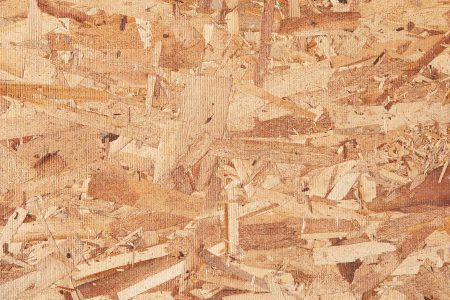Sounds transmitting between floors is an upstairs, downstairs, and everywhere problem. Footfall, music, TV, play, and other noises carry between floors, whether up or down.
Sound from below migrates through ceilings to rooms above. Even within rooms, various elements such as the flooring, walls, and furniture either deaden sound or act as amplifiers that encourage the noise to bounce around.
There are a few sound insulation products that will mitigate the problem. None will make the problem go away entirely. But many of them will go a long way toward toning down the noise and bringing a little sanity back to your life.
Sound Insulation vs Sound Management Systems
Floor sound insulation solutions— underlayment made of materials such as polyethylene foam, acoustic foam, felt, plywood, cement board, and carpeting—dampen noise levels, without the need to pull up floorboards and rebuild or replace the joists.
To truly block sound, you need to do just that: separate the surfaces. Any kind of continuous material acts as a type of acoustic bridge that effortlessly moves vibrations from one room to the next.
Structurally separating surfaces is an extremely costly solution and is usually reserved for spaces like home recording studios or high-end home theaters. It’s not a viable solution for most homeowners. For anyone who lives in a condominium, rebuilding floors is simply not possible.
Short of that, placing a dense sound barrier in the open joist spaces between the floors is the most effective way to slow the transmission of noise. This is done is by removing the ceiling drywall and inserting enough batt or roll fiberglass or rockwool insulation to fill the joist space. You will need to work around obstacles, like electrical wires and recessed lights that extend into the ceiling.
New ceiling drywall is installed. For added sound insulation, the drywall can be hung on resilient metal channels that let the drywall move slightly to deaden vibrations. Adding a second layer of drywall makes this type of barrier even more effective because it adds mass to the ceiling.
Floor Sound Insulation Barriers
When none of these costly, invasive, and disruptive solutions is possible, that’s where floor sound insulation barriers come in.
Polyethylene Foam
Flooring underlayment is installed primarily to provide a smooth, even, and predictable surface for a new flooring installation. Underlayment is placed on top of the subfloor before installation of the flooring.
Closed-cell foam underlayment is easily obtainable at all home centers and comes under many different brand names. SimpleSolutions Soundbloc is one brand offering. At 2 mm thick, this is the thinnest foam underlayment you can purchase.
The higher the density, the more effective polyethylene foam will be but any type will be better than having no insulation at all.
Acoustic Foam
Beyond the straightforward foam underlayment marketed for laminate flooring is another, more expensive type that is often called acoustic foam.
WhisperStop is one brand of acoustic foam underlayment and it is 3 mm thick. The Silencer is another acoustic foam and is fairly dense at 20 pounds of sound-absorbing material per cubic foot.
Soft flooring underlayments, regardless of physical properties, usually will advertise that they are effective against blocking sound. While these claims may have some validity, it is important to distinguish between this type of underlayment and others that claim to be acoustic underlayments.
Acoustic underlayments are very dense materials designed to deaden sound vibrations. One quick way to determine density is to look at a material’s weight in relation to its size.
Felt Underlayment
Recycled felt underlayment is both eco-friendly and effective for noise reduction. About twice as expensive as polyethylene foam, felt underlayment is a good choice if sound absorption is your main objective and if your budget can handle the added cost.
Recycled felt underlayment is about four times heavier than foam and thus is denser. This is your best bet with engineered wood and laminate flooring.
Plywood Underlayment
Plywood underlayment is often used under thin, flexible flooring materials like vinyl or linoleum tiles. Plywood is only a moderately effective sound blocker. Red rosin paper or tar paper, which have no sound-blocking advantages, are sometimes laid on top of the plywood to minimize squeaks.
Acoustic Underlayment
You can do better than plywood underlayment by installing specialized acoustical underlayment on the subfloor. Soundeater is one such product that combines a specially designed tongue and groove impact absorbing soft board with a mating wooden profile. At over 1-inch thick, Soundeater is thicker than most ordinary plywood products, so make sure that this does not cause a problem with floor levels in adjacent rooms.
Acoustic underlayment systems differ from the straight plywood option because the systems elevate the flooring on sleeper boards. This elevation creates a dead air zone that significantly reduces the transmission of vibrations from one floor to the next.
Cement Board
WonderBoard and Durock, two popular types of cement board, are used as a base for tiling. Cement board can be a slightly better sound-blocker than wood because of its density. Cement board is very dense and can be effective for soundproofing though it will not silence noise entirely as it comes.
Carpeting and Padding
One of the best allies in this battle against intrusive sound is also the most simple: wall-to-wall carpeting and dense padding.
The soundproofing quality of materials is often rated by their Noise Reduction Coefficient (NRC). Thick carpeting is better for this. Denser, higher-quality pads matter, too. Broadloom carpet, the type of 12-foot carpet sold on large rolls, has an NRC rating of 0.35 and will absorb 35-percent of the sound that comes its way. Carpet plus padding has an NRC rating twice that of carpeting alone and about six times better than a timber floor alone.
Read the full article here







